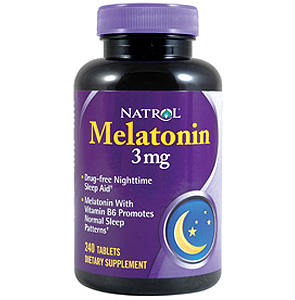 I was once listening to this guy talk at a seminar and he stated something which I have since realized about people in general. People rarely are completely honest with others, and rarer still is being honest with themselves.
I was once listening to this guy talk at a seminar and he stated something which I have since realized about people in general. People rarely are completely honest with others, and rarer still is being honest with themselves.
He stated it clearly by saying this “The problem you think you have is rarely the real problem you really have. The problem you say that you have in the beginning of a therapy session is almost never the problem you say you have at the end of a therapy session.” That stuck to me a lot because I realized that for so long, for many years I had been lying to myself and to others. I was lying because I was insecure and afraid. My ego was too proud and defensive to admit that I was making the wrong choices and hurting myself in the process.
When a person has lived enough of life and the years are mostly behind them, they develop a very clear 20/20 view on the past. They finally realize where they had make the biggest mistakes, the most critical moments that had the biggest influence, etc. When everything is stripped away, people find themselves naked to the truth.
Here is the real truth that I believe is what is really going on for people who desire to become taller. They want to be loved and they are not getting that love. They secretly believe that by somehow adding the inches to their body, other people (and themselves) will finally be able to accept and love them. I know that I have always wanted to be taller to get both the respect of other men and the attraction and admiration of women. In the US, my height would be average. If this was many years ago, I would have been completely content with being just average in height. I could have gone through life with complete full acceptance of my height. It was not in my focus since other things were really bothering me.
Very early in this year, a girl I had been with for over a year left me. The way she did it was not in the best way. I found out later that she had started dating someone new the same day she left me. Now that hurt. It cut me like a blade. I missed her, and could not stop thinking about her for over 6 months. I would go to sleep and have nightmares about her leaving me. I would find myself waking up late at night in cold sweats. My sleep was completely destroyed and my business suffered.
I felt at those moments that I was not worthy of love, not good enough for someone as good as she was. I hated the way I looked, the person I saw in the mirror. Now, I don’t think she rejected me because of my height. She liked that I was sort of on the tall side. It wasn’t about my size that she left me, but from other reasons. I came from a good home, had a good degree from a respectable school, and was self employed making ok money. We got along so well in terms of personality. So for me, the only conclusion I could reach was that I was not good looking for her. She stated that she thinks this new guy is good looking and she didn’t think I was good looking.
I will admit for the first time that one of the main reasons that I am in Seoul, South Korea was to possibly get plastic surgery on my face. The plastic surgeons in this city I am in are the best in the world, veyr professional, and highly recommended by clients across the world. The service is great and the fee rates are rather cheap. I went to two of the most famous clinics and got my consultations. The entire process took two entire days of meetings, interviews, and medical checkups. The doctor I saw recommended that I get my eyes, eyelids, nose, jawline, and forehead all done, for around $12,000 for the entire process. I had the money and I was ready to get it done.
I actually got lost on the way to one of the clinics and one of the female strangers who helped me find the way actually commented that I was “good looking” and that “you don’t need the surgery”. I could see in her eyes that she was sort of attracted to me, but at the time I didn’t want to believe her. I felt I had to face the truth that I was not desirable or attractive. I didn’t want to believe that a girl could find me attractive. I felt ugly and I wanted to completely change myself, specifically my face and the way I looked.
Everyday, as I walk alongside the streets of Gangnam-gu I see dozens of people wearing eyepatches, face masks, nose masks, and botox pads, all showcasing that they had their face done. It is completely socially accepted to want to get plastic surgery to change one’s face in this city. People are also expected to be always unhappy with who they are. You must be striving everyday to become better, to be smarter, taller, prettier, richer than your peers. Competition is fierce and no one wants to be in the lower percentile. When you are are among the elite, your greatest fear is that you might drop down the social standing and be ridiculed and ostracized for your failures. In this country based on Confucian values, the need to be judged well by everyone around you is strong. You must always keep an image. If you are not accepted, that is like the kiss of death.
You look on the Korean TV and you see the music and tv stars being mobbed by adoring fans everywhere they go. People across the internet space are always either complimenting on how good looking they are, how thin they are, or how tall they are. I am sure those stars love the feeling knowing that they are loved by so many people. I secretly want to be loved by others as well. I am flawed in my desires to want to be beautiful, to be tall, to be special and unique. I feel that I can’t ever be good enough .What can be done then to feel that I am finally good enough to finally, fully accept and love myself?
I understand now. I would like to be taller, but I don’t need it. I don’t need to add another 10 cm to my height or change my face for someone else to find my acceptable and love me.

